Introduction
Nothing quite compares to the flavor and texture of perfectly roasted vegetables. They’re sweet and savory and have a great bite to them. From roasted potatoes and carrots to squash, brussel sprouts, and mushrooms, there’s something for everyone. Roasting vegetables is an easy way to make a healthy and delicious side dish or a main dish. But if you don’t know what you’re doing, you can end up with soggy, undercooked, or burnt vegetables. So, how do you make sure you get perfectly roasted vegetables every time? Read on for all the tips and tricks you need to know.
The Benefits of Roasted Vegetables
There are so many benefits to roasting vegetables. The high-heat cooking method helps to caramelize their natural sugar, which creates an intense sweet flavor. Roasting also helps enhance the texture of the vegetable, making them crisp yet tender. And, of course, roasting vegetables makes them delicious so all of those nutrients are more enjoyable to intake.
Roasting is an incredibly easy cooking method that requires minimal effort. All you need to do is chop the vegetables, season them, and pop them in the oven. It’s also a great way to cook a large batch of vegetables in one go.
What You Need to Know Before Roasting
Before you get started, there are a few things you need to know. The first is that different vegetables have different roasting times and temperatures. Potatoes, for example, take longer to cook than asparagus. So make sure you research the roasting time and temperature for each veggie you’re using.
The second thing to know is that the size of your vegetable matters. It’s important to make sure your vegetables are all roughly the same size so they cook evenly. Otherwise, some parts will be burnt while other parts remain undercooked.
The last thing to keep in mind is that the quality of the ingredients matters. Make sure you’re using the freshest vegetables you can find. Fresh, organic vegetables will have more flavor and will roast better than those that are older and less fresh.
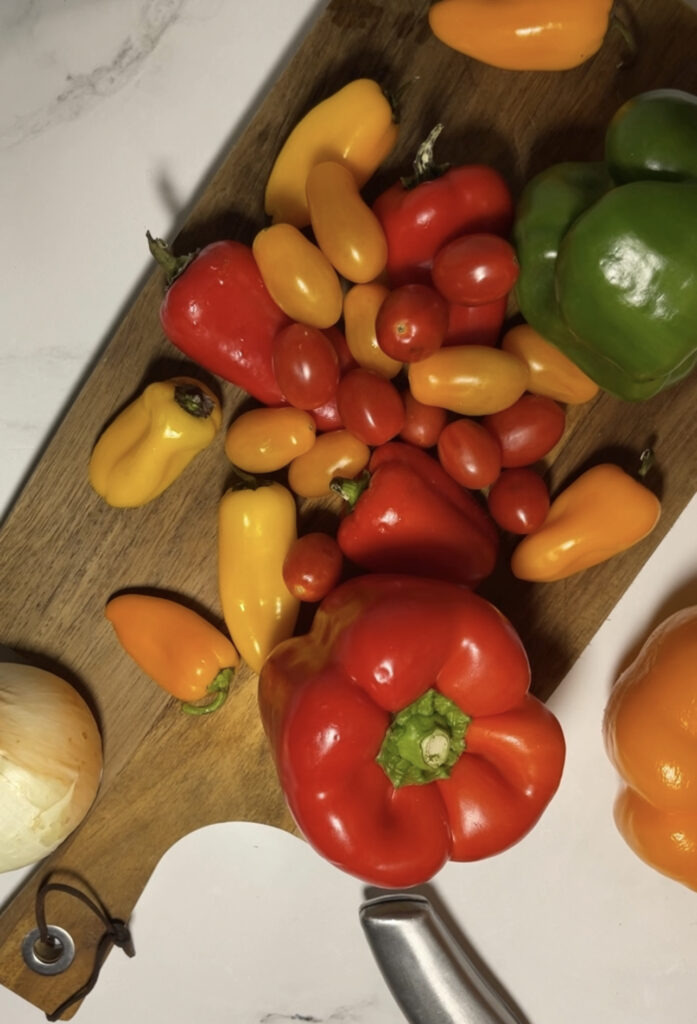
Roasted Vegetables: The Process
Now that you know the basics, let’s move on to the roasting vegetable-roasting process.
- Preheat your oven to the right temperature. This will vary depending on the type of vegetables you’re roasting, so you’ll need to do some research beforehand. Generally, you’ll want to roast them at a high temperature, between 375 and 425 degrees Fahrenheit.
- Prepare your vegetables. This involves washing them, peeling them (if necessary), and cutting them into even-sized pieces. This is an important step because it ensures that all of the vegetable pieces will cook evenly.
- Once your vegetables are clean and prepped, it’s time to season them. This is where you can get creative and add your own twist. There are endless possibilities when it comes to seasoning your vegetables, from classic salt and pepper to more complex spice blends. This is an important step in achieving perfectly roasted vegetables, so don’t skip it! More about seasoning next.
Seasoning Your Vegetables for Roasting
No matter what type of vegetables you’re roasting, seasoning is key. It’s the difference between bland and flavorful vegetables. So, take the time to find the right combination of spices and herbs for you.
The classic combination for roasted vegetables is salt and pepper. But you can also try out different combinations such as garlic and rosemary, smoked paprika and thyme, or chili flakes and oregano. If you’re feeling adventurous, try out some exotic spices such as cumin, coriander, or cayenne pepper.
For a sweeter flavor, you can also try adding some brown sugar or honey. Or, for an even more intense flavor, try adding some balsamic vinegar or Worcestershire sauce.
You can season the vegetables without oil, but drizzling them with oil (Extra virgin olive oil, vegetable, or canola oil) will help the spices and herbs stick a lot better.
Roasting to Perfection
Now that your vegetables are prepped and seasoned, it’s time to roast them to perfection. Start by spreading everything out in a single layer on a baking sheet. This will help them cook evenly and get a nice char.
Depending on what you’re roasting, you may need to turn them halfway through cooking. If you’re roasting potatoes, for example, you’ll want to flip them over after about 15 minutes.
When your vegetables are done, take them out of the oven and let them cool for a few minutes before serving. This will help keep them crispy.
Roasting Times and Temperatures
As I mentioned earlier, different vegetables have different roasting times and temperatures. Generally, you’ll want to roast vegetables at a high temperature between 375 and 425 degrees Fahrenheit. But some vegetables may need a lower temperature, such as mushrooms and bell peppers.
It’s also important to know the roasting times for each type of vegetable. Potatoes, for example, take around 45 minutes to roast while asparagus only takes 15 minutes. Again, make sure you do your research before you start roasting.
Here’s a useful chart to get you started. It shows roasting times for several vegetables in an oven heated to 425 degrees Fahrenheit.
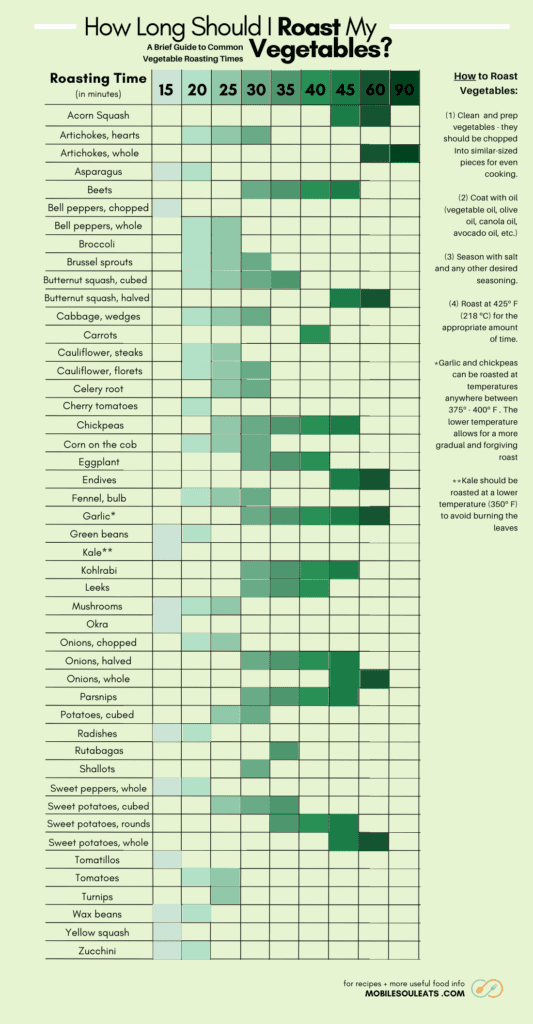
Vegetable Roasting Guide (pdf)
Roasting Tips and Techniques
Now that you know the basics of roasting vegetables, here are some tips and techniques to help you get the perfect results.
- Make sure your vegetables are cut into even-sized pieces. This will help them cook evenly and give them an even char.
- Season well. This is key for achieving perfectly seasoned vegetables.
- Don’t overcrowd the baking sheet. If you put too much on one sheet, the moisture in the vegetables will get trapped and they will steam instead of roast. This will make it difficult to get an even char.
- Tossing the vegetables or flipping them halfway through cooking. This will help ensure that they cook evenly and get a nice char all over.
Finishing Touches for Perfectly Roasted Vegetables
Once your vegetables are done roasting, there are a few finishing touches you can add to make them even more delicious.
- Add some fresh herbs. This will add an extra layer of flavor and make your vegetables even more delicious.
- Add some condiments. Try adding a dollop of sour cream or a sprinkle of Parmesan cheese. You can also drizzle the vegetables with a balsamic glaze or some olive oil.
- You can add a squeeze of lemon juice. This will help balance out the flavors and add a subtle brightness,
- Sprinkling the finished vegetables with crushed red pepper adds a spicy kick.
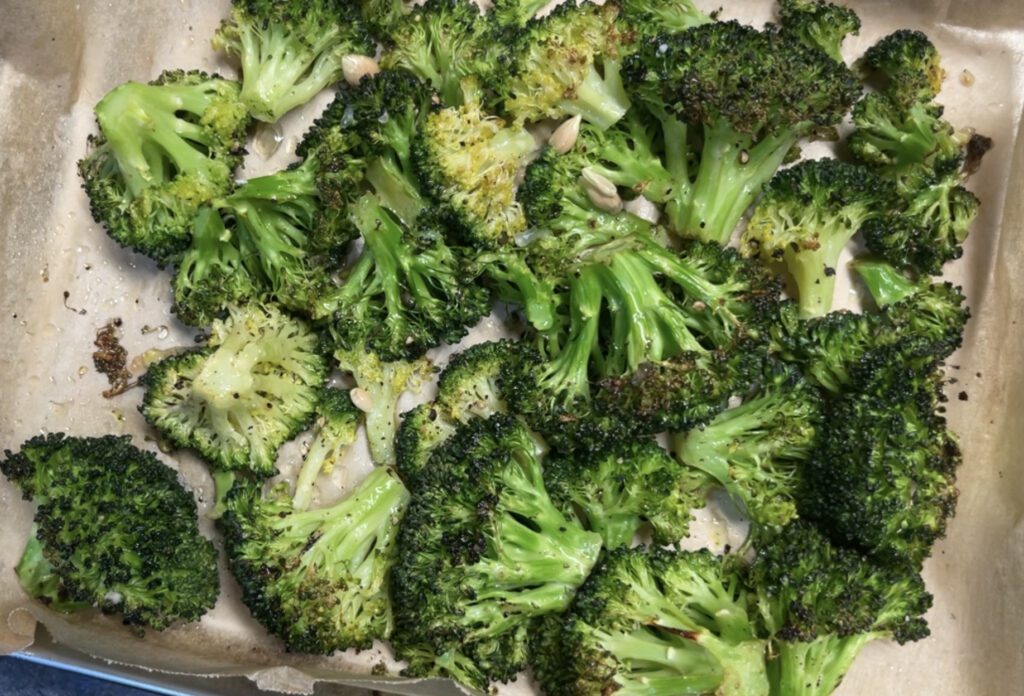
Combining Roasted Vegetables with Other Ingredients
Roasted vegetables are incredibly versatile. You can combine them with other ingredients to create an even more flavorful dish.
For example, you can add roasted vegetables to a salad or a grain bowl. You can also toss them with some freshly cooked pasta or add them to a stir-fry.
Alternatively, you can combine them with proteins such as chicken, shrimp, or tofu. This will help create a complete meal that’s both healthy and delicious. A quick dinner idea is to combine seasoned chicken, shrimp, or steaks with vegetables like onion, zucchini, yellow squash, broccoli, or mushroom in an aluminum foil pack and roast all together until everything is cooked through.
Other Recipes Involving Roasting Vegetables
- Oven-Roasted Chickpeas – a great snack or topping for soups, dips, sandwiches, or salads.
- How to Make, Store and Use Roasted Garlic – roasted garlic can be used in so many ways. Here’s how to make it.
- Roasted Butternut Squash Soup – an easy fall soup with spices and a creamy finish.
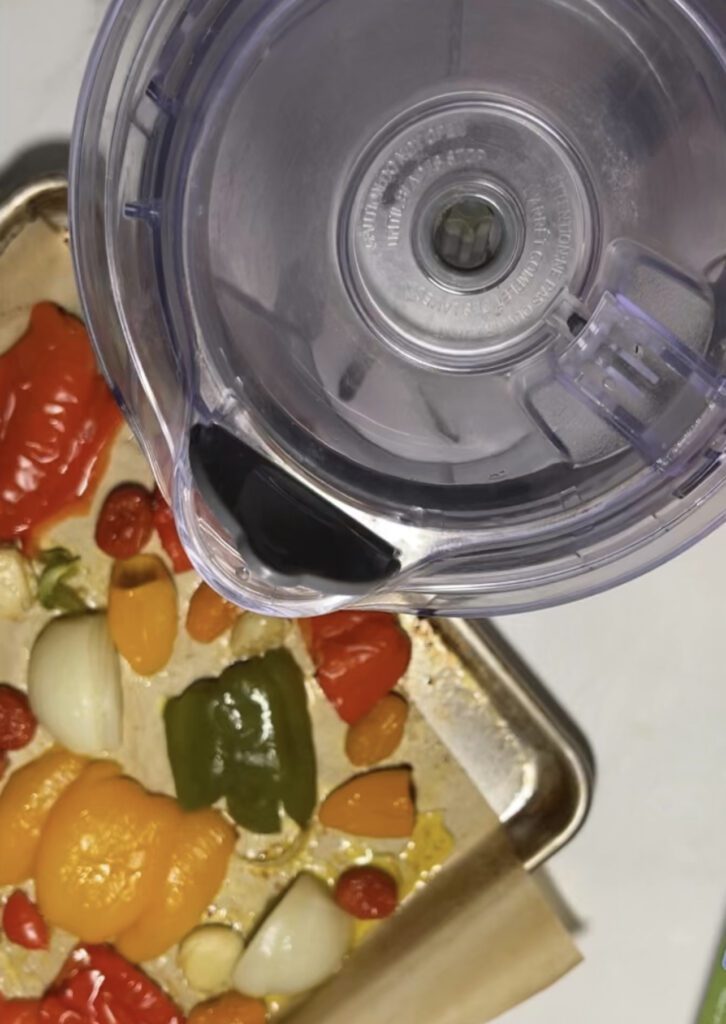
Follow me on Instagram and Pinterest for more useful and inspiring food content!

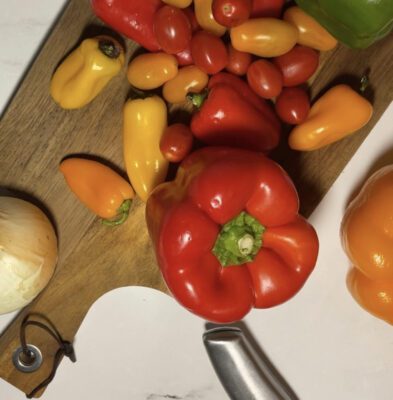
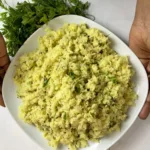

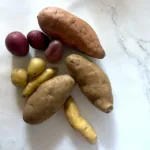
Leave a Reply